Bars, Restaurants, and Breweries, Oh my! — Bonus: A Construction Guide to Bars & Breweries
September 19, 2018
collaboration by: Audrey Wilson, Kyle Duce, Loy Maierhauser
Building a happy bar requires the marriage of two important ideas: the overall vibe and the flow. This might just sound like today’s hipster mindset, but in all reality these two ideas are essential to the perfect bar. Think of vibe as the overall vision and concept, or how guests experience the space and place. And flow is all about functionality and efficiency for stronger service and, of course, increased sales.
To understand what that means, we asked a couple of experts. Meet Kyle Duce (he owns Tap Station and Locol in West Seattle, while running Crafted Solutions, a hospitality F&B consulting company, here in Denver) and Loy Maierhauser (a Certified Cicerone, co-founder of Fermentana, LLC, and Tasting Room Manager at MAP Brewing Company in Montana). We sat down with these two and asked some pointed questions so you can have a head start in planning your own bar or brewery.


Kyle Duce (left) & Loy Maierhauser (right)
At Snyder Building Construction, we typically build what’s already been drawn and developed, but understanding bar operations should be the starting place for designing (or redesigning) any new bar or brewery. And during the construction phase, we’re always there to help you build it better, find ways to save money, and keep the project on schedule.
Q&A
What should people consider when building a bar that would allow it to operate more smoothly?
- Kyle: More dry storage / liquor room space! Keeping back up items in an easily accessed storage room will help maintain the clean aesthetic and design of the original concept while allowing for bulk purchases that make a huge difference in bottom line profit.
- Loy: The bar’s physical design! I love the idea of seating around the whole bar, but you end up with a really challenging fishbowl effect. I know it’s nice to have the additional seating at our bar, but you end up with people trying to catch our bartenders’ attention from all directions, and it can be a bit challenging for them. We’ve definitely had to troubleshoot the flow issues.
Keep in mind, many jurisdictions require liquor storage to be locked and any plan reviewers will want to understand where this storage is located. Overhead storage may have separate code requirements and fire, life/safety want to know storage won’t block any alarms or sprinkler heads. Consider also that cold beer likes to stay cold and wine is often temperature regulated. As such, plan carefully how you will store your canned/bottled beer and wine supply both behind the bar and in back-up storage.
What are the top three keys to consider when building your new bar?
- Kyle:
1. Clearly identify your concept and vision.
2. Never sacrifice functionality over aesthetics.
3. Flow of service behind the bar – set up wells to service guests fast and efficiently. Make sure high volume items are easily accessed and the draft system is centrally located. Have a dishwasher close to the service well. Create a work flow based off a busy night that’s efficient for bar staff to move and create a seamless night of service.
- Loy:
1. Vibe – What do you want people to FEEL when they walk in? What’s your ideal vibe? Build it.
2. Flow – How do you envision people moving through your space? For example, are you going to have a host, or let people wander in on their own? How are you going to let people know how to flow through your space? Signage, furniture, staff?
3. Logistics of your tap lines – This might be obvious, but long beer lines can be challenging to deal with. Long, glycol-chilled lines can still end up causing issues and can be tricky to troubleshoot. Typically, the shorter the line, the easier to deal with, and easier for your staff to change kegs and keep the flow of beer coming quickly on busy nights.
All of these ideas center on planning and designing. Tap line logistics are huge! Shorter tap lines are absolutely easier and keep the beer colder overall. Tap lines aren’t just for beer anymore either. Consider also cold brew, wine, and sparkling water. Signage and furniture won’t go in until the end or even after construction – but many times signage and furniture have long lead times so you’ll likely want to get things ordered and settled at the beginning of construction.
What questions do you for a contractor have about bar construction before you get started?
- Kyle:
- Once the bar budget for fixtures and equipment are in place, what is the protocol if budget gets exceeded throughout the build out?
Great question. We always recommend adding a 5% contingency line to your overall budget for this reason! But the heart of this question depends on a couple things. Was this an unforeseen condition or a change to the contract documents? If so, these additions typically move forward as change orders. How costs are managed depends on the agreement with your contractor. Have you set up a hard bid or negotiated job with them? Additional costs are always run by the owner first, however, some changes may be required your jurisdiction which would be required to earn a certificate of occupancy to open the business.
- Do you have a portfolio of previous bars & restaurants that you have completed? It’s always good to see the work the contractor has completed and what they are capable of.
This is a great tip. Always ask about previous experience! Our team has run the gamut, from multi-million dollar brewery campuses to hole-in-the-wall, local joints. We’ve got local recommendations for everything from draft systems to bar tops to back-of-building delivery set-ups.
- What are realistic time frames for every major stage of the build out? How has that been met in the past with previous concepts?
For projects roughly 2,500-5,000 SF in size you’re looking at about 12-14 weeks of construction time. You’ll want to add surveying, planning, architectural design and construction document drawings, permitting, etc… to get a true sense of your timeline. This could add anywhere from 8 to 12 weeks on the front end. Additionally, the exterior signage process has its own permitting and timeline process outside of the construction timeline through local zoning departments.
The 12-14 week construction portion will run somewhat like this: 1-2 weeks for underground plumbing and electrical; 3 weeks for framing/MEP rough-ins; 3 weeks equipment installation/overhead work; 4-6 weeks for paint, tile, lighting, and finishes throughout.
Note, permitting jurisdictions will not allow you to move in furniture or train staff in the space until a health inspection and final building inspections are completed. Consider this timing when building out your opening operations plan!
What are your biggest lessons learned from bar set-up / construction?
- Kyle: Never cut costs on the importance of good materials and equipment that will withstand the high volume of wear and tear. Consider a durable bar top, reliable refrigeration, and quality draft system. Also, create a highly detailed budget and be prepared to make cuts within the budget, having backup finishes and fixtures in place if needed.
- Loy: Get some experienced bartenders and servers in to look at your plans and building. Even if builders or owners have some experience in the industry, it’s typically years in the past, and having the people who will ACTUALLY be moving through your space look at it and help you troubleshoot things and generate ideas will be invaluable.
We agree! Partnering with industry folks who have been down this road is the best way to go. They can help you get started on the right foot and follow you through to the end.
For more bar and brewery inspiration, check out: www.hospitalitydesign.com, www.architecturaldigest.com, www.rejuvination.com, www.frankarchitecture.ca
Read part I of the series: The Nuts and Bolts of Building a Restaurant: A Guide for New Owners.
Ready to learn more and get to work with us? Email info@snyderbuilding.com or call us at 720.900.5082.

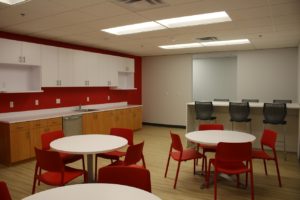
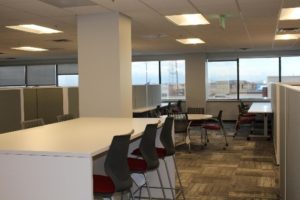

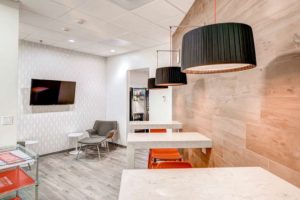
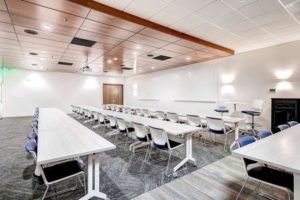
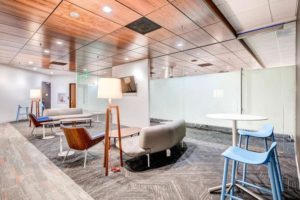
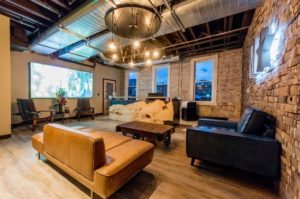
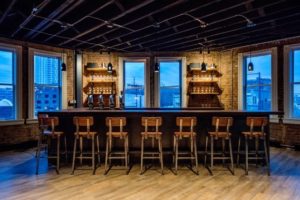
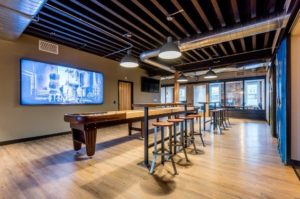
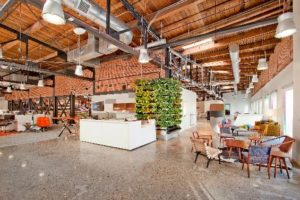
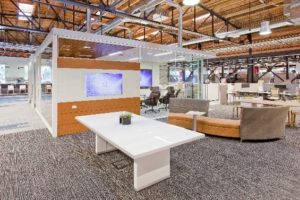
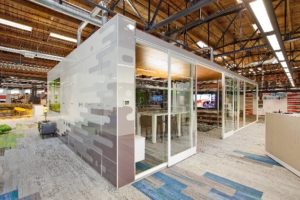
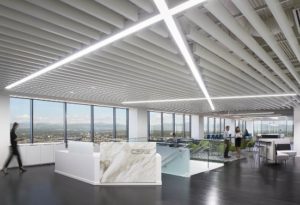
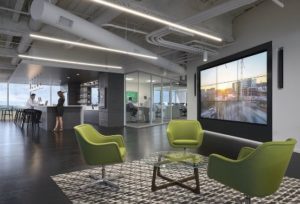
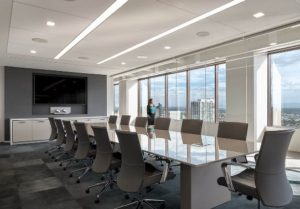

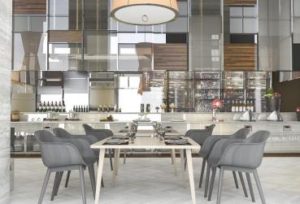
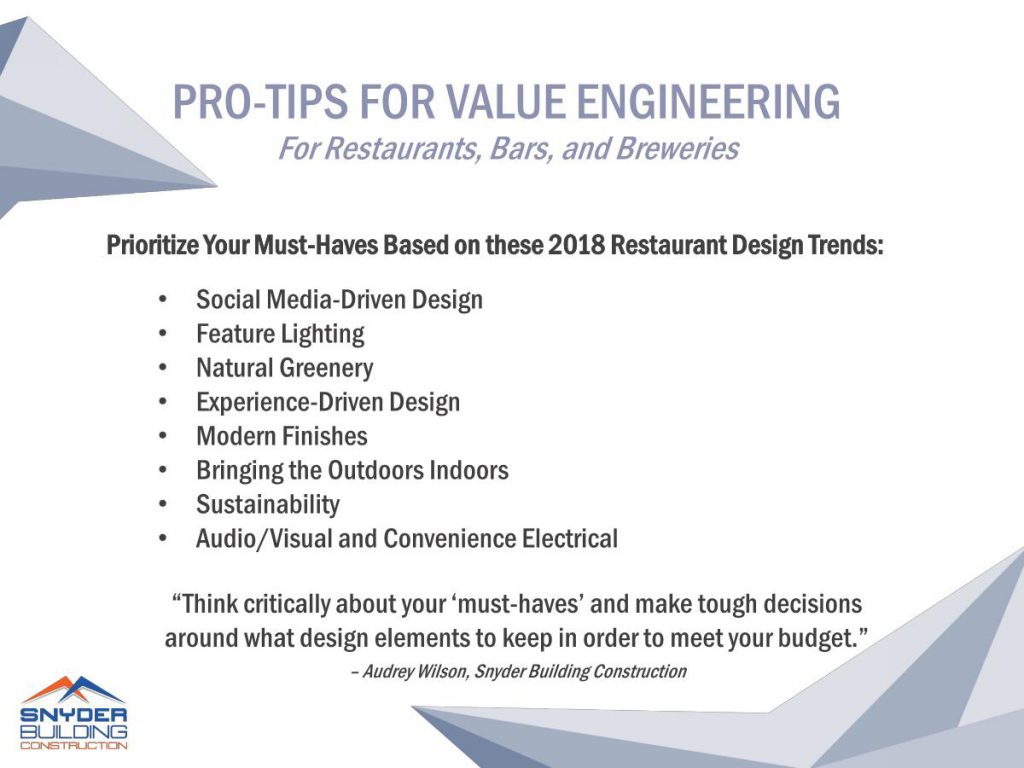
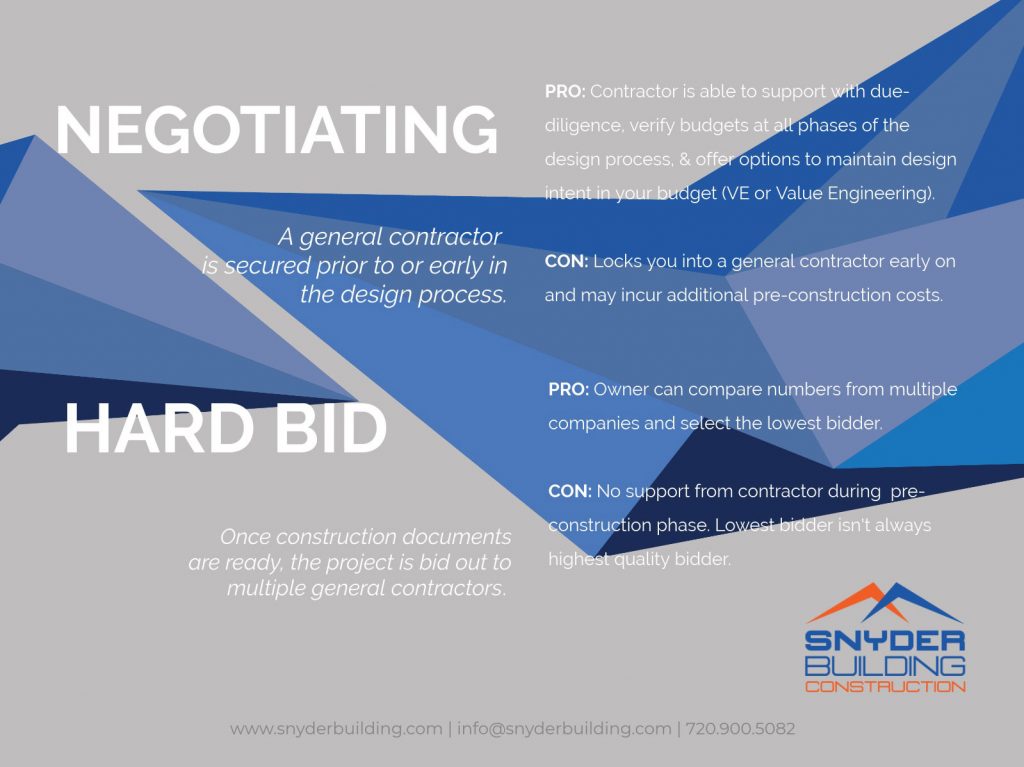
Recent Comments